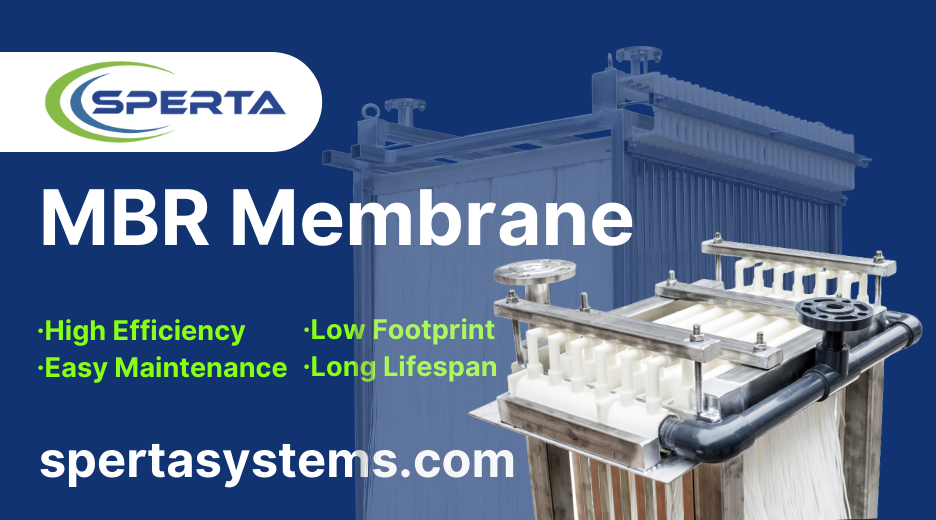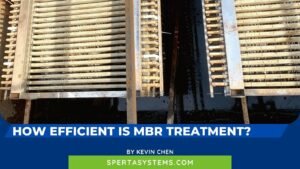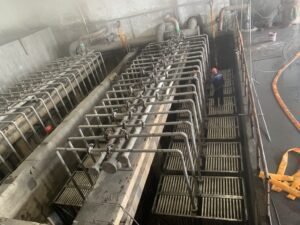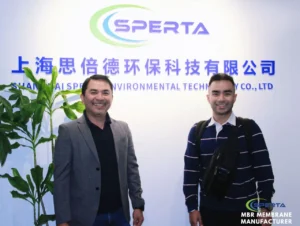In wastewater treatment, maintaining the right balance is crucial. Like a chef needs the right ingredients in the right amounts, wastewater treatment plants need the right concentration of mixed liquor suspended solids (MLSS). But what if there needs to be more of this key ingredient?
When MLSS is low, there’s not enough active biomass in the system to treat the incoming wastewater effectively. This can lead to various operational challenges and may compromise the quality of the treated water.
It’s like trying to clean a large, dirty pool with a tiny sponge. Without enough active biomass, the system struggles to remove pollutants, potentially leading to environmental issues and regulatory breaches.
Understanding MLSS
MLSS refers to the concentration of microorganisms present in the aeration tank of a wastewater treatment plant. These microorganisms play a vital role in breaking down and removing pollutants from the water. The right amount of MLSS ensures that the system works efficiently.
Why might MLSS be low?
There could be several reasons for a drop in MLSS levels:
- Excessive Wasting: If too much sludge is removed from the system, it can deplete the biomass.
- Equipment Issues: Malfunctions can lead to loss of biomass.
- Toxic Shocks: Certain chemicals or conditions can harm the microorganisms, reducing their numbers.
- Inadequate Return: Not returning enough activated sludge to the system can lower MLSS.
Impacts of Low MLSS
A reduced MLSS level can have several negative impacts:
- Reduced Efficiency: There’s insufficient biomass to treat the incoming pollutants.
- Poor Water Quality: The treated water might still contain high levels of pollutants.
- Operational Challenges: The system might struggle to maintain other process parameters, like sludge age.
- Slow Recovery: It can take time for the system to rebuild its biomass and return to optimal operation.
How can we manage low MLSS?
If you find that your MLSS levels are low, there are several steps you can take:
- Adjust Wasting Rates: Retain more biomass by reducing the amount of sludge you remove.
- Check Equipment: Ensure everything works correctly and fix any issues.
- Monitor Influent: Keep an eye on the incoming water to prevent toxic shocks.
- Return More Sludge: Make sure you’re returning enough activated sludge to the system.
Conclusion
Maintaining the right MLSS level is crucial for efficiently operating wastewater treatment plants. By understanding the importance of MLSS and managing it effectively, we can ensure that our wastewater treatment processes are both effective and environmentally friendly.
The above is information about the MLSS in the MBR membrane tank. If you still have questions about the membrane bioreactor or need to purchase MBR membranes, don’t hesitate to contact SPERTA.
Shanghai SPERTA Environmental Technology Co., Ltd. has specialized in producing water treatment products for many years. The company has the core technology of producing MBR membrane components. It has a high production capacity, aiming to build a high-quality brand of MBR production and sales all over the world. If you have any needs, please feel free to contact us.










